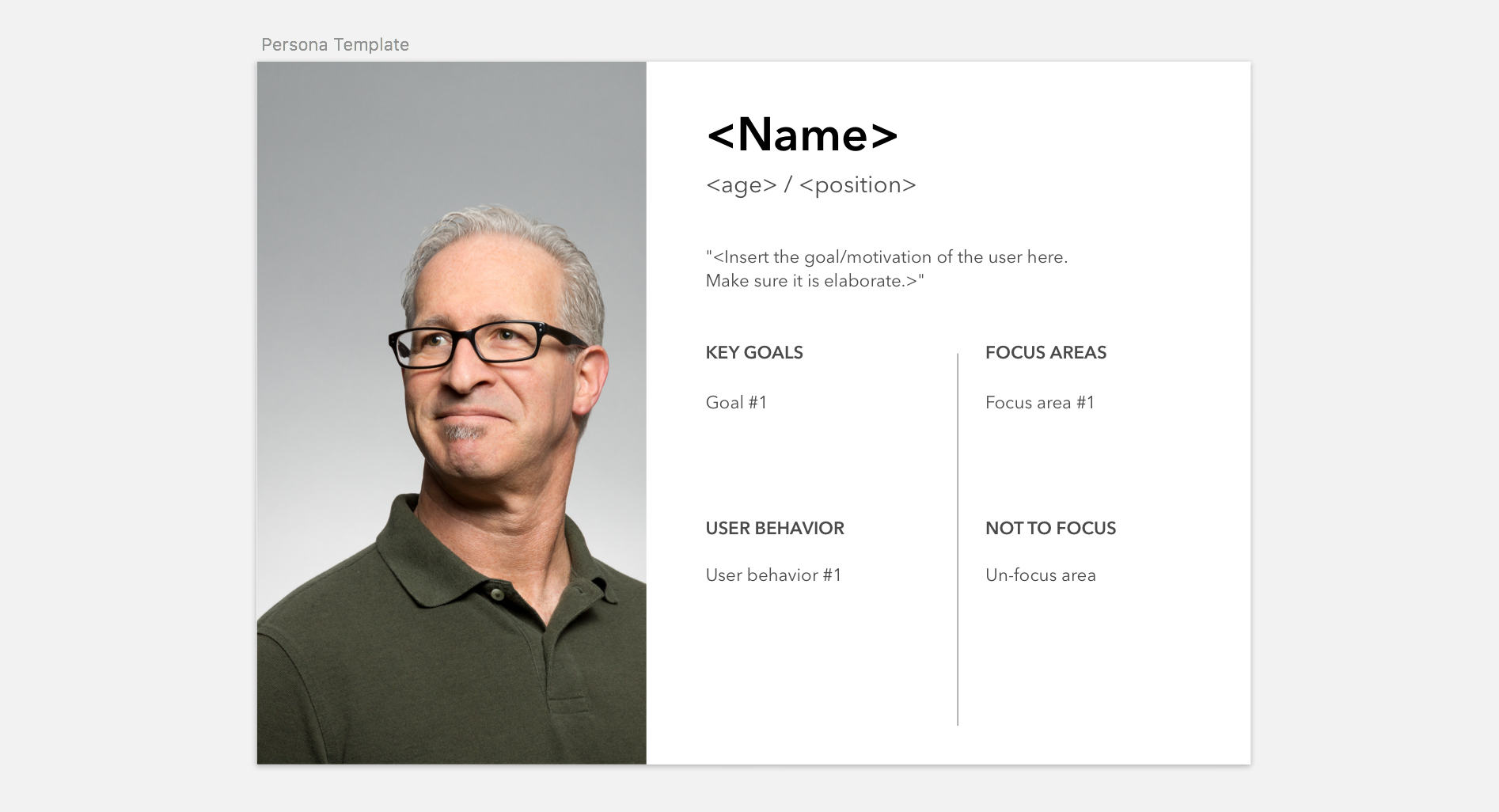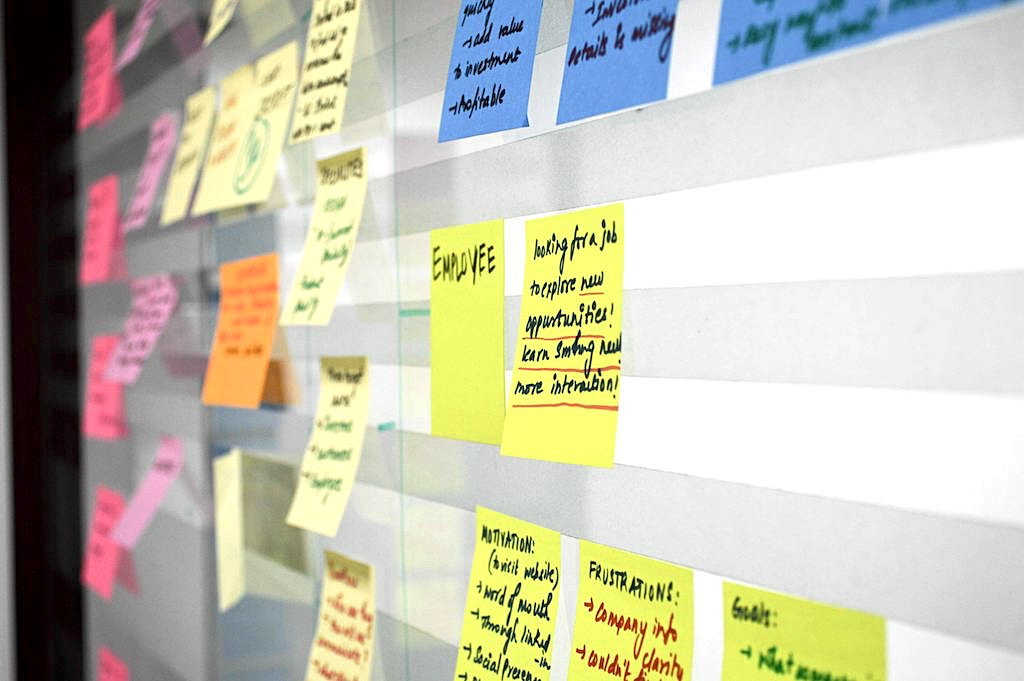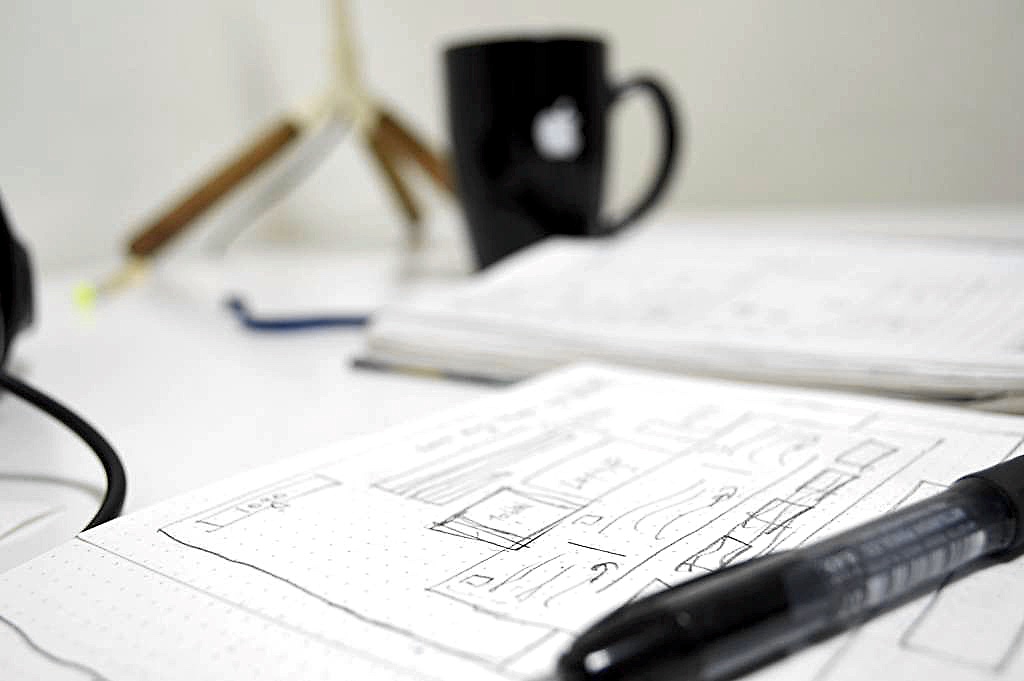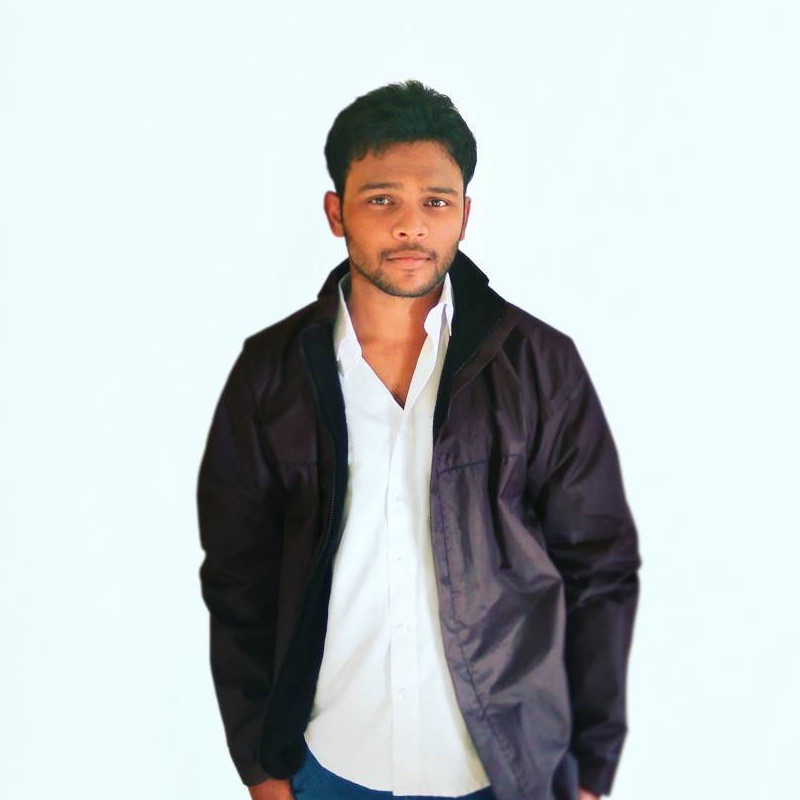"For instance, people who are highly egoistic and presumably lacking in empathy keep their own welfare paramount in making moral decisions like how or whether to help the poor."
- Daniel Goleman, The Newyork Times, 28th March 1989
The term design process has always been thought in the angle of creating a new design for a new app or redesigning a website. But here at Skcript, we have a slightly different way of approaching the design process.
Here is what a typical customer interaction for a new product at Skcript would be like,
Customer : Hey, I have this cool idea to be developed into an product. How can we start?
Skcript : Great! We can start by identifying the core value of the product, find the potential users and empathize with them.
Customer : But why?
Skcript : We are so glad that you asked that. Now, where do I begin?
The answer to that question is the reason for this article. This case study is an attempt to portray the design process we follow at Skcript. We are going to highlight the importance of an empathetic human-centered model for a design process here. We've picked an array of products/projects we've worked on to show you how our process works.
Human-Centered Design
I know it sounds all psychological and spiritual, but it is not entirely like that. I can hear you think ‘what does that mean then’?. Well, Human-centered design is a dominant theme in the design ecosystem that we often forget. It is based on the physical and psychological needs of the human user (There you go! That’s the psychology part), enabling the user to function at the highest level possible.
The principles of human-centered design spans across a wide range of disciplines from interior design to architectural design or from industrial design to community design and design of communication avenues. But our aim here is to provide a product, where humans will handle the subjective judgments and the machine will handle the qualitative elements. This involves a radical redesign of the interface technologies. At a philosophical level, the objective is to provide tools that would support human skills and ingenuity rather than have machines objectify that knowledge.
Design in NOT Art
I can see that many of you are in shock and I can even hear those gasps, I am sorry, but it's actually not art! Design is not about self expression on a canvas or careful construction of our thoughts; it’s not about making things look good. (Well, looking good is one of the features; not the only one!)
Design is always about solving problems. An individual’s skill level is determined by his/her ability to solve problems users face. The empathetic part here is to understand the problem being solved and the user you are solving it for.
The Design Process
Now that you have got an understanding on what human-centered approach to design is, let’s move on to the actual answer, The design process at Skcript. (Oh! finally.)

1. Identifying the problem (or) Product innovation
We have been bragging about solving the problems of the user from the beginning but to begin we need to know what the problem is. Identifying the problem can be through many ways, like talking to the customer or brainstorming with your team. This automatically happens when you love working on the product.
Given this is the product inception phase, we are focused on getting as much clarity as possible on the problem or the idea. We have to understand the goal of the product and all the people involved in the design and development of the product.
2. Determine the Working Criteria and Goals
Our design process is focused towards the user as well as the customer. We have to determine all the conditions that the product will face and factor in usability and reliability of it as well.
To sum it up, these are the factors to be looked at:
- How much does it cost approximately?
- How difficult would it be?
- How much time will it take?
- How will it look like?
- Will it be easy to use?
- Are there any legal concerns?
- Will it be accessible?
- Is this what the customer wants?
If all the above were to be answered, then we are only half way closer to having a clear understanding of what we are going to do.
3. Research, Research and more Research
Research and gathering data is often the most overlooked part of a design model. Everyone knows it but, everyone ignores it. Why? (Because we are lazy! Globally accepted fact.) Because we think our idea is genuinely unique and that researching for it is a waste of time.
But we have found out that research and more research is the key to a making or breaking a product. Good research can tell us whether there is an availability of an alternate solution or a process that can be used for this idea. And later documentation would be much easier if we had done our research in the first place.
4. Brainstorm and Generate Creative Ideas
This is the stage where all the people involved in the project put their heads together and brainstorm for ideas to solve the problems of the user. This is one of the crucial steps as it will act as the building blocks that will produce the end product.

There shouldn’t be any preliminary judgement about ideas here. Every one should give as many possible solutions as they can for any given problem. You know you can include ideas to order some food to eat as well whilst all of you put your heads together. 😛
5. Develop and Test Models
Now we analyze the solutions gathered through all the brainstorming sessions we have had (and clear up the mess we made munching on the food). These solutions will be sketched and made into prototypes both independently and collaboratively. By doing so we would have a good understanding of how everyone thinks about the product and we would finally conclude a method that will provide the solution.

Here, we develop wireframes and prototypes that tell the user story. The story will be built around the user profiles and by using different storyboards for different profiles.
6. Implementation and User Testing
This is the development phase where the design prototype will be fully implemented and will be developed as a product. In this stage the designer and the developer will develop the design into a product which follows the flow that was mapped from the gathered information.
And when we finish building a satisfying product we follow it with testing. The user tests the product and reviews it. The feedback gathered from the users will be judged and reflected on the product by both the designer and the developer.
7. Post-implementation Review and Assessment
After successfully crossing all stages (phew, finally!) we review everything that has happened. This encloses all the quality checking, maintenance procedures and documentation of the product.
Conclusion
At Skcript, we try to observe the user’s needs and requirements before taking up anything. By following our comprehensive design process we hold the power to create products that remain usable for a lifetime.


